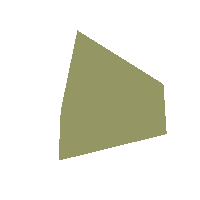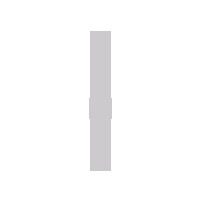The 4-dimensional Universe
Throughout this paper I have been using animation to represent my three dimensional color cubes on your computer screen. As you realize, your computer screen has just 2 dimensions: height (1) and width(2). A cube has three dimensions, height(1), width(2) and depth(3), so I can't actually put a cube on your computer screen. However by using animation, and a little perspective, your brain has been quite happily interpreting the images as representations of three-dimensional objects.
In the early part of last century, Albert Einstein discovered that we actually inhabit a 4-dimensional universe: the three physical dimensions plus time. Modern cosmologists claim as many as seven dimensions, but I really can't get my brain around that!
Now, the cubes I've been building have had multiple values in the three physical dimensions, but they have been quite unchanging over time. By animating them, I have tricked your mind into translating the time dimension into the missing depth dimension. Now, I couldn't have done that on paper, could I? That's because paper is really only 2-dimensional; the computer screen is, as we've just discovered, is 3.
To demonstrate the brain's amazing ability to swap dimensions, I have built some 3-D (2 x physical + time) models of familiar objects. They are totally featureless, so there are no additional clues for your brain, and the animations are deliberately clunky to emphasise the phenomenon. Just bask in the realization of just how easy it is for your brain to reconstruct the physical shapes!



 Back to the top
Back to the top